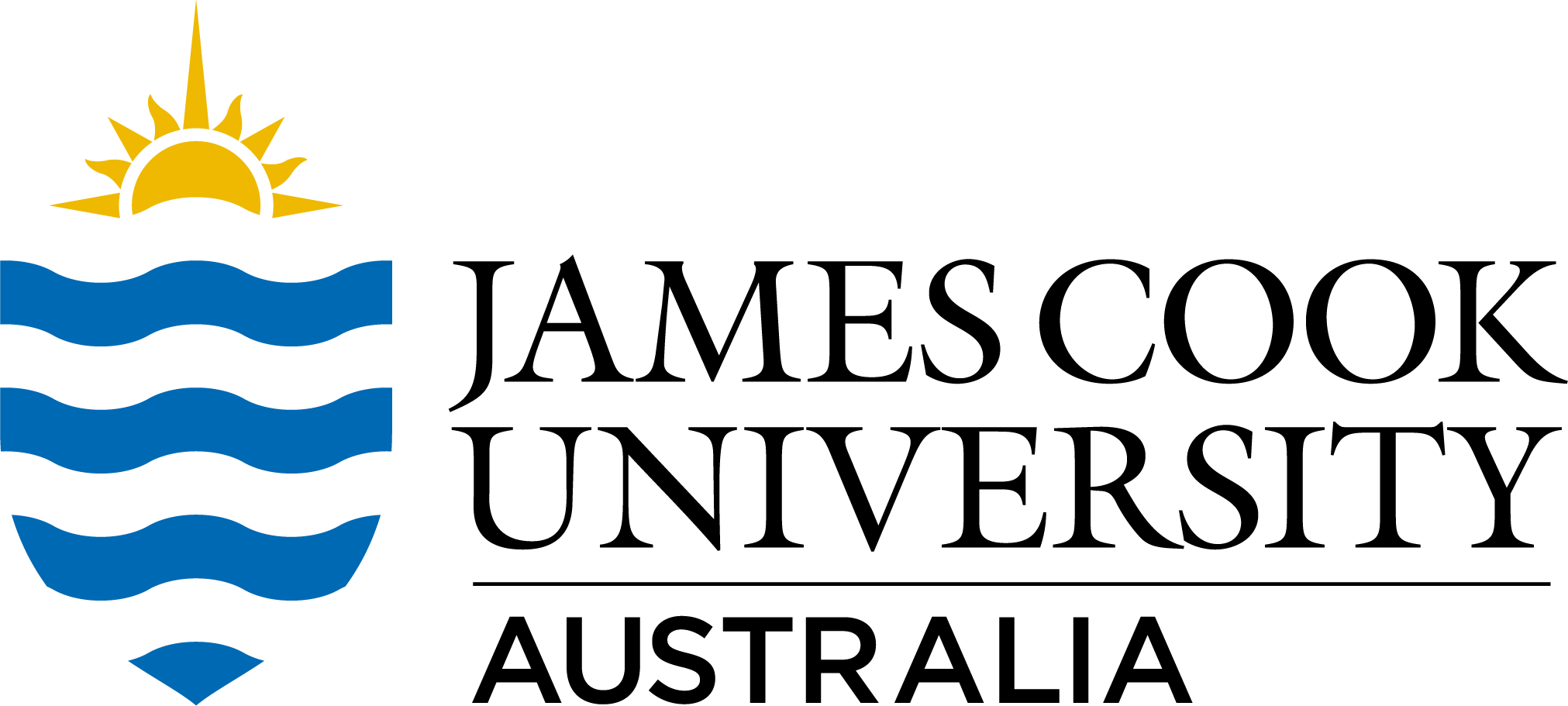Brief description
The data is a spreadsheet.
Full description
Samples were collected from January 2006 to December 2011 between Princess Charlotte Bay (14° 15' S) and Moreton Bay (27° 12' S), on the north-east coast of Queensland, Australia. Fishes were obtained from a fishery-dependent observer programme of a gillnet fishery (Harry et al., 2011). Although sampling occurred year-round, the majority of individuals were collected between the months of September and January. The fishes described in this study are a sub-set of a larger sample (c. 1000 individuals), on which vertebral counts were opportunistically undertaken. Specimen collection was supplemented by direct purchase of fishes from commercial fishers, and through fishery-independent sampling using gillnet and multi-hook drop lines. All samples were collected from water depths <25m, with the exception of a single individual caught from an unknown depth by a prawn trawler. The stretched total length, LST, of individuals was measured in mm and outer clasper length, LClasper, of males was measured as the distance from the tip of the clasper to the pelvic fin (Compagno et al., 2005). Length-at-birth, LSTbirth, and timing of birth were inferred from neonates that were prolific in nearshore habitats during spring and early summer. Neonates were defined as individuals that had recently been born and could be identified as such by the presence of an unhealed umbilical scar during their first few weeks of life (Duncan & Holland, 2006). Precaudal vertebrae counts were taken from the first complete centrum posterior to the chondrocranial occipital centrum, to the centrum anterior to the precaudal pit(Compagno, 1988). This was done by dissection. Eight pregnant females were also identified by PCV counts of their embryos, as this trait was assumed to be inherited and not affected by environment. Embryos were assumed not to be hybrids.
Notes
This project was funded by the Marine and Tropical Scientific Research Facility (Project 4.8.4), the Fisheries Research and Development Corporation (Project 2007/035) and Great Barrier Reef Marine Park Authority (2008 Science for Management Award scheme).
The aim of this study was to clarify the taxonomic boundaries between C. limbatus and C. tilstoni by examining the congruence of several reproductive characteristics with precaudal vertebral counts. Precaudal vertebrae (PCV) counts were first used to distinguish between C. limbatus and C. tilstoni samples collected off north-eastern Australia. Vertebral counts were then compared with length-at-birth and timing of birth, and length at sexual maturity in males. The specific aims of this study were to compare the aspects of the reproductive ecology of the two species in a geographical area where they are sympatric, and to propose reproductive isolating mechanisms that maintain these similar species as distinct taxa. Our data shows that precaudal vertebral counts distinguished between 237 morphologically similar Carcharhinus limbatus and Carcharhinus tilstoni and were congruent with differences in reproductive ecology between the species. In addition to differing lengths at maturity and adult body size, the two species had asynchronous parturition, were born at different sizes and the relative frequencies of neonates differed in two coastal nursery areas. Despite evidence that hybridization can occur, these differences suggest the species are largely reproductively isolated.
Created: 2012-10-12
Data time period: 2006 to 31 12 2011
text: Between Princess Charlotte Bay (14° 15' S) and Moreton Bay (27° 12' S), on the north-east coast of Queensland, Australia
User Contributed Tags
Login to tag this record with meaningful keywords to make it easier to discover
- Local : researchdata.jcu.edu.au//published/ba0cf2e02fd694b1f93407d6c5e30988
- Local : jcu.edu.au/tdh/collection/607def4e-0768-4081-b6c6-aa717ef60b47
- Local : a45d94df9b902958adb6236aa963b8fc


